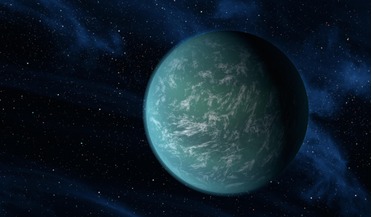 04 May 2020
Exoplanets with hydrogen-rich atmospheres could harbour life
04 May 2020
Exoplanets with hydrogen-rich atmospheres could harbour life
...as it passes in front of its host star. However, the fraction of stellar light that passes through a transiting exoplanet's atmosphere is very small, a limitation which constrains both the telescopes and instruments that can be used. As such it tends...
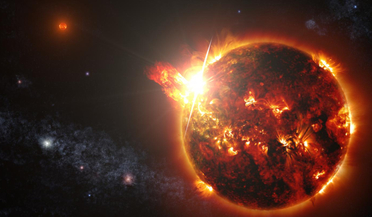 23 December 2020
Harmful stellar flares might not prevent life on exoplanets after all, new study says
23 December 2020
Harmful stellar flares might not prevent life on exoplanets after all, new study says
...timescales can be difficult to simulate. In order to form a more complete picture of exoplanet atmospheres, the researchers incorporated flare data from NASA's Transiting Exoplanet Satellite Survey, launched in 2018, into their model simulations. The...
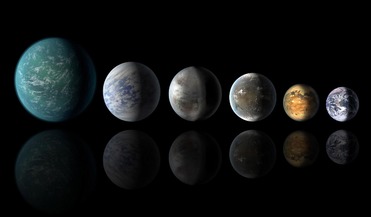 20 August 2018
Galaxy should be teeming with water-worlds say researchers
20 August 2018
Galaxy should be teeming with water-worlds say researchers
... Scientists will have to wait a while longer to help confirm, or indeed refute these new findings as characterising an exoplanets atmosphere is currently very difficult with current ground-based and space-bourne telescopes. However with the impending...
 11 March 2020
Ultra-hot exoplanet literally rains iron say astronomers
11 March 2020
Ultra-hot exoplanet literally rains iron say astronomers
... the remarkable collecting power of the VLT and the extreme stability of ESPRESSO made it a prime machine to study exoplanet atmospheres,” says Pedro Figueira, ESPRESSO instrument scientist at ESO in Chile. “What we have now is a whole new way...
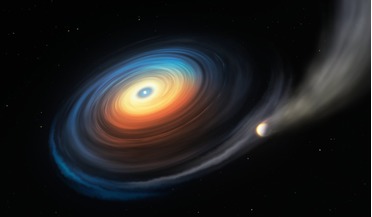 04 December 2019
Giant planet found orbiting a white dwarf for the first time
04 December 2019
Giant planet found orbiting a white dwarf for the first time
...elements that are similar to those found in the deep atmospheric layers of icy, giant planets like Neptune and Uranus ...the disc, which provides clues to the composition of exoplanet atmospheres,” says Odette Toloza from the University of Warwick, who...
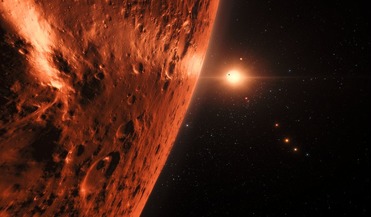 01 September 2017
TRAPPIST-1 planets could contain substantial amounts of water
01 September 2017
TRAPPIST-1 planets could contain substantial amounts of water
... and in the case of a water molecule, once it is broken up, the very light hydrogen atoms can escape the exoplanets’ atmosphere. Instruments such as the Space Telescope Imaging Spectrograph (STIS) onboard Hubble can then be used to detect the...